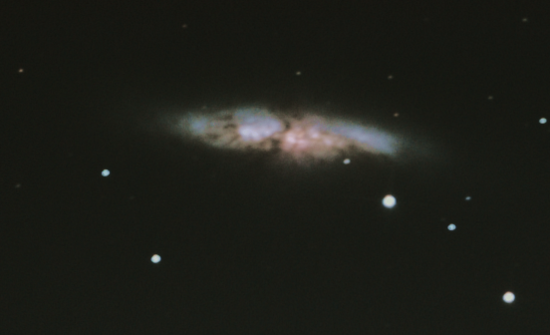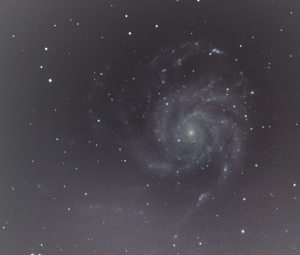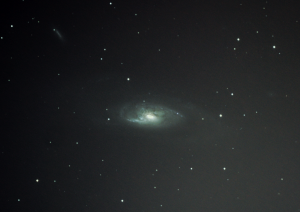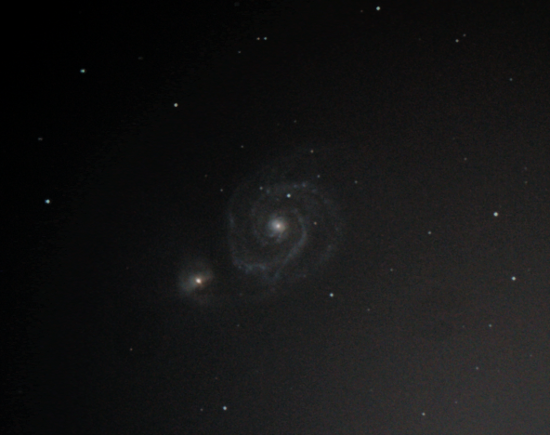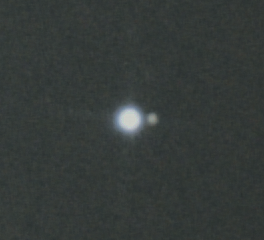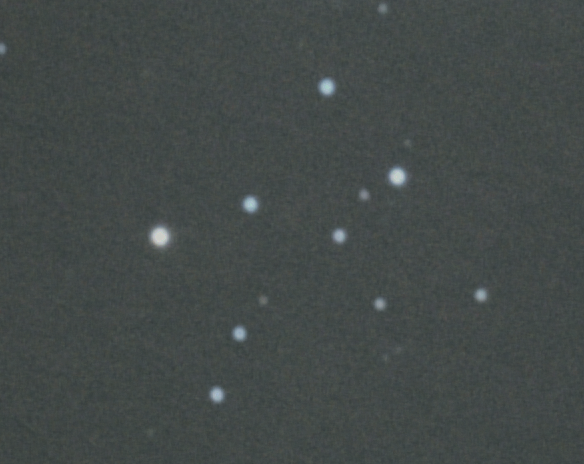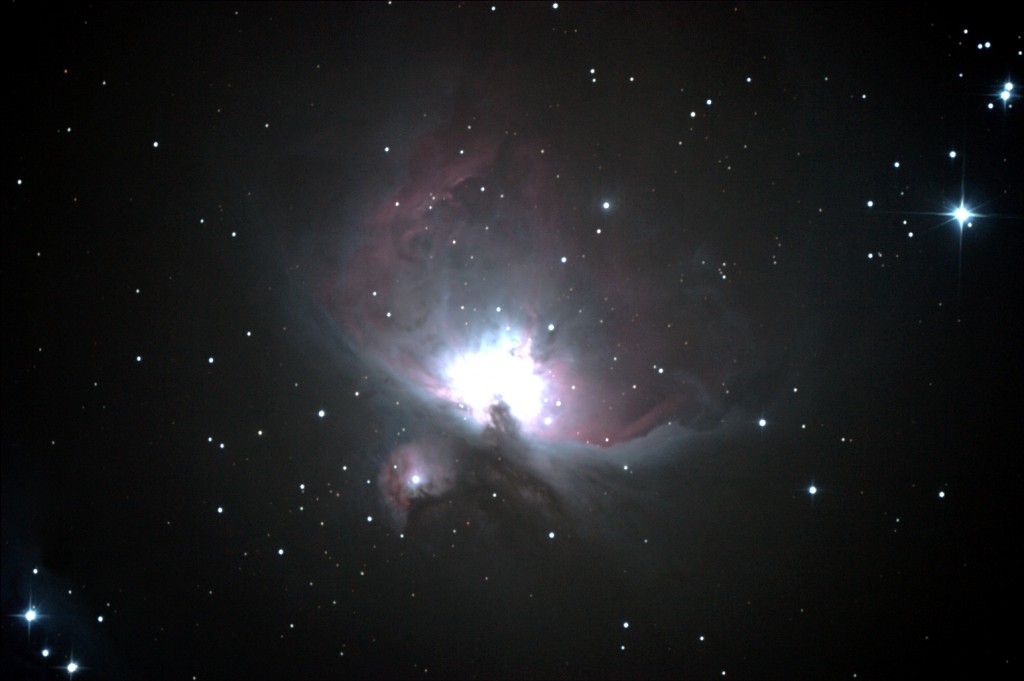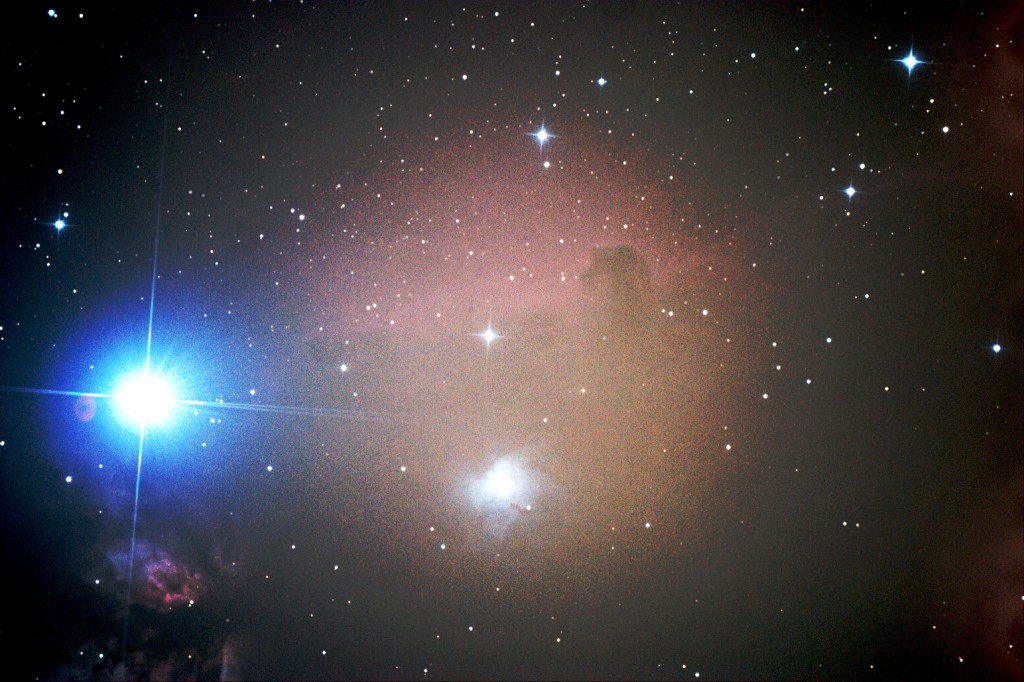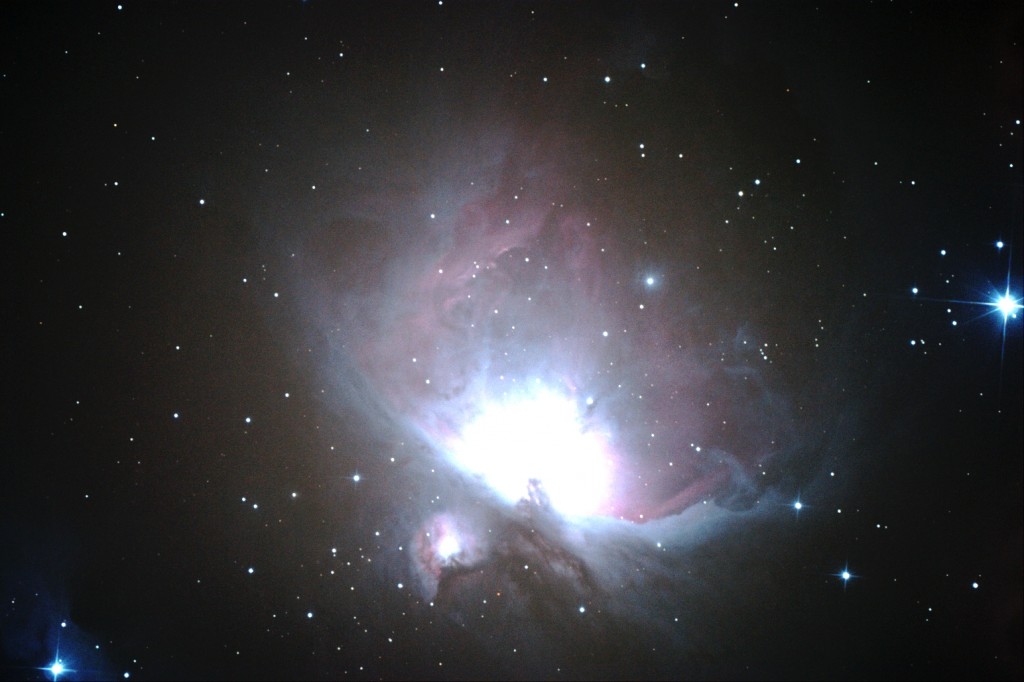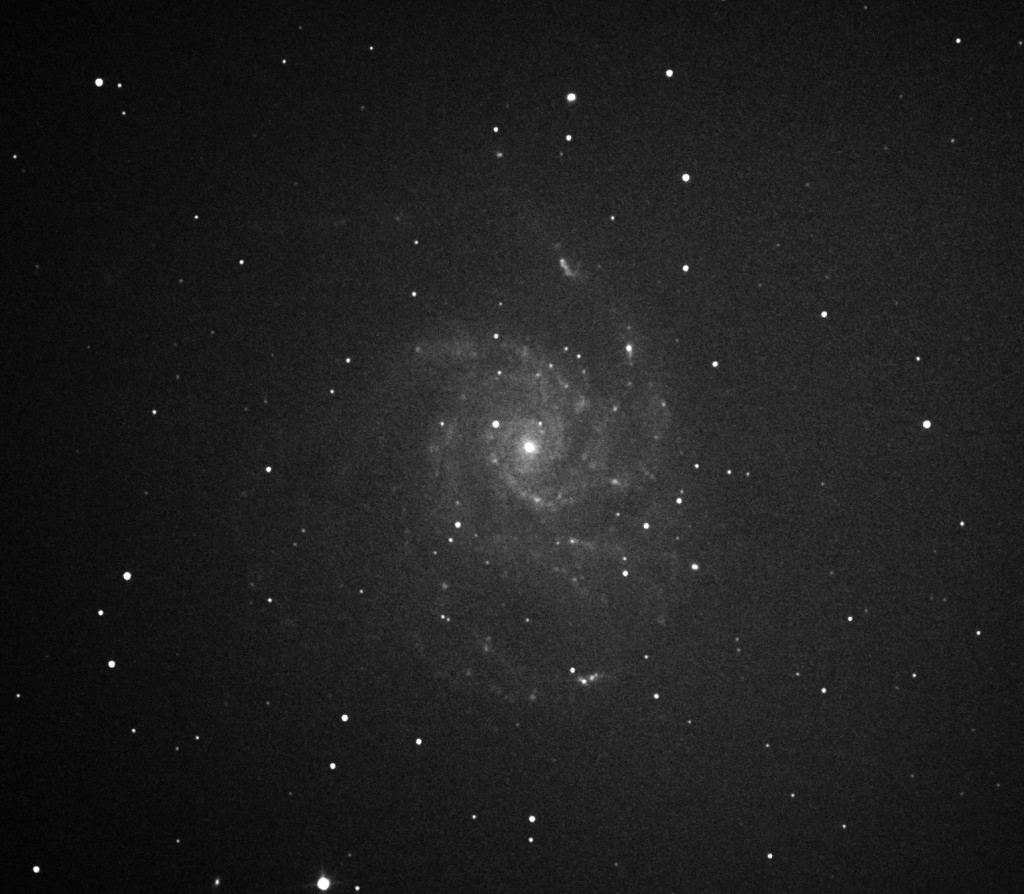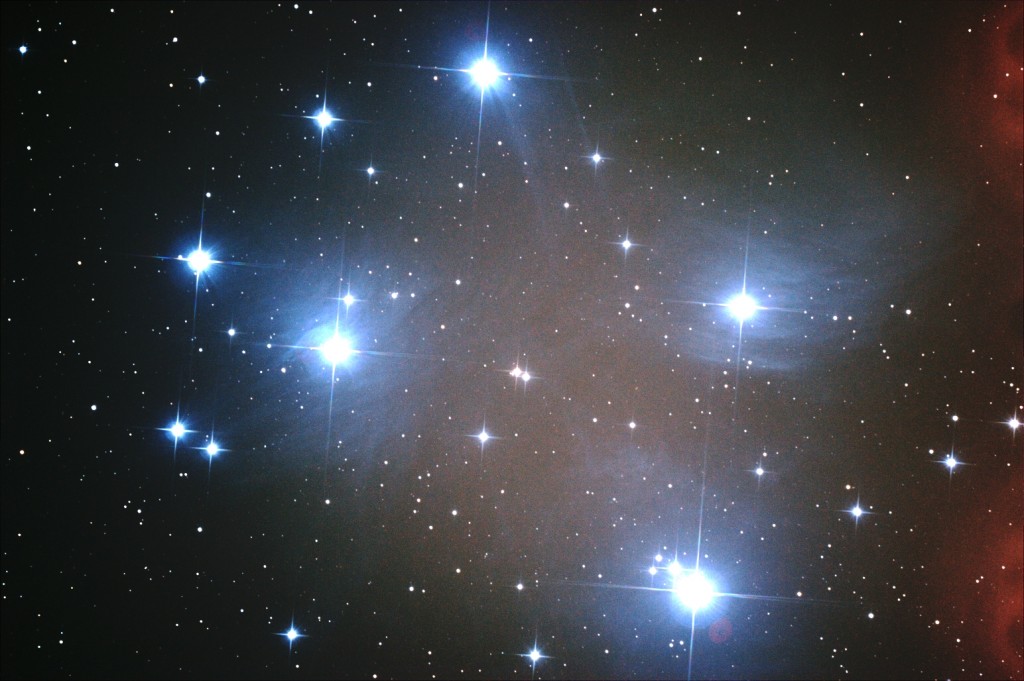Weather report: Brrrrrr! We’ve had excellent clear skies for the last 3 nights and with the clear skies comes the cold at this time of year. The observatory has been down to -5°C but we’re in a warm spot here and temperatures on the drive to work have dropped to -9°C! The cold weather from Siberia has been dry which has kept mirrors and lenses mist free and no wind has added to the perfect viewing conditions.
My only complaint is the moon has been very bright which with frames up to 20 minutes each has caused a lot of over-exposure which I’ve had to attempt to process out. Multiple 10 minute exposures have been the norm with few spoiled frames due to the lack of wind.
Aiming away from the moon has limited my targets and concentrated mostly around the Ursa Major area.
One of my favourite Galaxies sits in this area – M81. Galaxy M81 and it’s close neighbour Galaxy M82 made good targets for the Atik16ic and the Philips webcam but I’ve struggled to get clear consistent images with the Canon. Here’s my latest effort:
Galaxy M82 cropped from the same frames is here:
Spiral Galaxy M101 with the recent Super Nova SN-2011fe made an interesting smudge on my test frame so I left the camera running through the night taking 10 minute sub-frames.
I think this is my best M101 so far ![]()
M106 is another galaxy that I’ve imaged before and this image is a composite of 8 best frames from a set of 24 again taken through the night. There’s some faint fuzzies visible and some faint spiral arms outside of the usually imaged inner disk.
M51 is another Galaxy, or double Galaxy, that I’ve imaged many times before. As with all these galaxies any movement of the camera results in loss of detail in the final image. I’m disappointed with this one although there are positives to be taken from it. All the images are processed with Deep Sky Stacker and the resulting 16 bit TIFF files are processed in GIMP which can only handle 8 bit TIFFs. As a result the images published here are not the same as the originals.
Taking a break from the galaxies I turned the scope to M44 the Beehive Cluster. I’ve been very impressed with the individual star definition in the images I’ve taken this week and I thought a cluster would give me some raw materials to explore this. As it turned out I have better examples from other images but I’m happy with the way this turned out.
Stars:
The bright star in this next image is magnitude 10.3 so I’m guessing the neighbouring star is a little fainter. I’ve been impressed by the way these stars have remained separate and have noticed on some frames stars overlapping with clear definition between the two. I’ll have to go back through the frames to find a good example.
More stars showing an assortment of sizes and magnitudes but all very clearly defined.
The Baader MPCC has made a fantastic difference to the images with round stars across the whole frame. My only problem has been getting the camera square to the light path with rugby ball stars resulting. I’ve changed all the bolts on the focuser in an attempt to square things up and I think I may have fixed it ![]()
Failed: I have some frames from the NGC2237/NGC2246 Rosette Nebula area in Monoceros but the unmodified Canon isn’t able to pick up much nebulosity in the area. This is where a large format CCD would really come into its own. Maybe one day, if my numbers come up on the lottery.
Waiting for more clear skies …
28th January 2012
I spent some time this afternoon modifying the focuser (putting some shims under 1 side) and changing the bolts from the original to longer bolts. I knew this would mess up the collimation and the focus but I’ve been pulling the camera to one side with tape in an effort to get the light path straight and I though this would be a more permanent solution.
I’m not sure what the correct method is to square the focuser to the tube but I held a straight edge across the opening of the tube and through the centre line of the camera. Its crude but it appears to have worked with a few washers helping to make everything square (ish).
Looking forward to the clear skies I started early and quickly collimated and focused and even though the bright stars had halos I was ready to capture some long exposures. It’s now just 19:23 and already the clouds are too thick and there is a threat of rain (or snow) so I’ve had to close the roof – doh! If it clears up later I may have another go but I think that could be the last “session” in January.
| Mount: | EQ6 Pro |
|---|---|
| Telescope: | SkyWatcher 250 254mm aperture, 1200mm focal length |
| Camera: | Canon 300D (unmodified) |
| Mount COntrol: | EQMOD (eqascom) |
| Guide scope: | StarChaser 80 |
| Guide camera: | Atik 16ic mono |
| Guide Software: | PHD Guiding |
| Other Software: | Cartes Du Ciel Deep Sky Stacker GIMP image processing |


